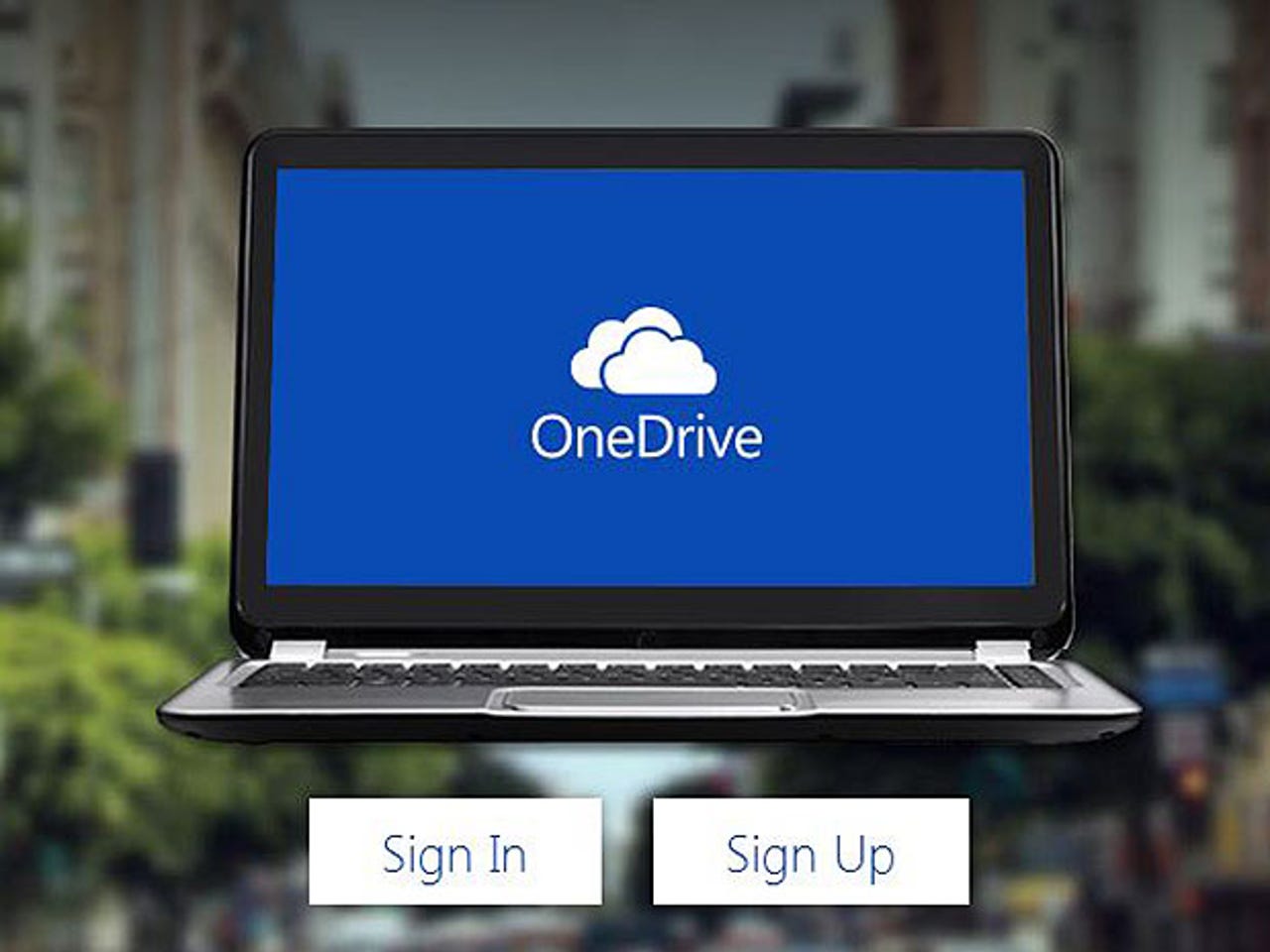OneDrive's 1TB cloud storage: The important details


This week Microsoft increased the amount of free storage you get with OneDrive, its consumer cloud service.
Everyone gets 15GB free, plus any bonus storage you've got by buying Surface 2, being an early adopter, getting a gift card at a conference or through Bing rewards, or by buying extra storage. And if you have one of the consumer Office 365 subscriptions — Home, Personal or University — you get 1TB free.
When you do the sums, that means you can pay about $10 a month to get 1TB on Google Docs, or to get 1TB plus the desktop version of Office everyone is familiar with, plus Skype credits. This also diminishes the appeal of unlimited photo storage on the Amazon Fire phone.
What gets confusing is when Microsoft says that "all Office 365 subscriptions" get 1TB of OneDrive. Before business subscribers get excited — and before IT admins get concerned about employees being encouraged to put work documents on a consumer cloud storage account the business can't audit — that's not what's happening.
Only consumer Office 365 subscribers — the people who are buying the consumer Office client with a bundle of consumer services — get any free OneDrive storage. If you have a business Office 365 subscription — either the popular enterprise plans which include both the business Office clients and the Office servers in the cloud, or even the business Office 365 plans that only include the cloud servers such as Exchange online but not the desktop Office clients such as Word — the free user storage you get is OneDrive for Business.
Yes, you get 1TB per user (eventually — although it was announced in March and you could buy the separate OneDrive for Business service with 1TB per user as of early April, the 1TB deal for existing Office 365 subscribers is still rolling out and many businesses don't yet have it).
But OneDrive for Business is different from OneDrive, in lots of ways. It's built on SharePoint and the old Groove client for sync, which is why you can still only sync on desktop Windows, and why sync is clunky and sometimes fails.
A Mac sync client is promised, as is one for Windows RT, but they're not even in beta; the OneDrive sync client is built on to Windows 8.1 and Windows RT and had been working flawlessly on our test machines since the Windows 8 launch. Windows Phone automatically syncs its photos to OneDrive and you can have iPhones do the same; that doesn't work with OneDrive for Business.
The OneDrive website has photo features such as albums and Facebook posting. The OneDrive for Business site is a prettied-up SharePoint interface. OneDrive for Business even has different limitations of what characters you can use in file names. About the only thing they have in common is being cloud storage; you might as well say Dropbox and Box are the same.
Saying OneDrive and OneDrive for Business are the same is like saying USB thumb drives and SSD drives are the same because they both use flash memory. Are the 1TB hard drive and the 16 64GB USB sticks that add up to the same disk space the same thing? The difference is how you use them and what you can do with them.
It's not difficult to tell the different Office 365 accounts apart — the consumer ones give you consumer Office with consumer services (OneDrive, Skype and outlook.com), the business ones give you the Office servers in the cloud, including OneDrive for Business, with or without the Office clients. And if you get the Office clients in your subscription, that includes clients for Windows, Mac and iPad. It's not hard to tell OneDrive and OneDrive for Business apart: they have different backends, different sync clients and different features.
But the potential for confusion is high — lots of people have been telling me on Twitter that enterprise Office 365 already has 1TB of storage without appearing to know the difference between OneDrive and OneDrive for Business. If Microsoft is going to have such similar names and matching offers for different services, it needs to make sure its own announcements get the difference right.
Further reading
- The Amazon Fire phone: It's what you asked for
- Windows Phone and the battle against fake apps
- Surface, BitLocker, and the future of encryption
- Microsoft Azure: Any way and anywhere you want it
- Surface 2: Not enough of a PC, too much of one – or just right?
- So you've soaked your phone: What should you do next?